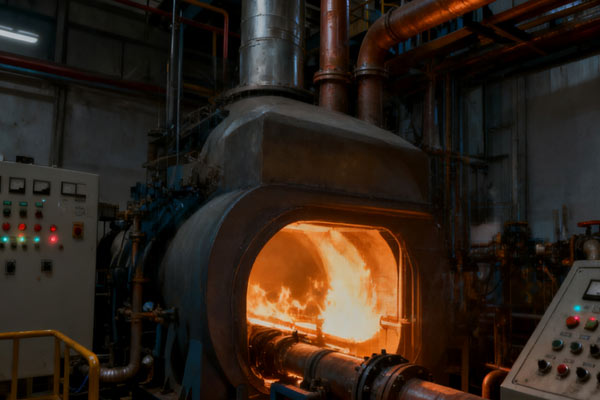1. Introduction: Why Quality Evaluation Matters
Silica sleeves are widely used in high-temperature environments such as furnace wiring, steel plants, glass manufacturing, and aerospace systems. However, not all silica sleeves perform equally under extreme heat.
To ensure reliable thermal protection, mechanical durability, and insulation performance, engineers must carefully evaluate several critical quality indicators before large-scale adoption.

2. Key Factors in Evaluating Silica Sleeve Quality
(1) Fiber Purity and Composition
High-grade silica sleeves are typically made of 96%–99% pure SiO₂ fibers.
- High-purity fibers ensure excellent dielectric strength and temperature resistance up to 1000°C continuously.
- Lower-purity materials may contain calcium or alkali oxides, which can degrade at elevated temperatures and release residues.
(2) Wall Thickness
The wall thickness determines the thermal insulation and mechanical strength of the sleeve.
Typical thickness range: 1.5–5.0 mm (depending on inner diameter).
- Thicker walls provide better protection but may reduce flexibility.
- Thinner walls improve flexibility but might limit long-term insulation performance.
Recommendation: Match wall thickness to your specific cable diameter and temperature exposure profile.
(3) Weave Density (Braiding Density)
Weave density directly impacts both thermal protection and surface stability.
- High-density weaving prevents fiber fraying and air gaps, enhancing heat resistance.
- Low-density weaving, although cheaper, may lead to surface roughness and insulation loss.
Evaluation Method:
Use visual inspection under backlight or microscopic analysis to observe fiber uniformity and interlacing consistency.
(4) Flexibility and Surface Finish
Quality silica sleeves maintain flexibility even after prolonged high-temperature exposure.
- Test by bending a short section 180° several times; the fibers should remain intact.
- The surface should feel smooth and compact — rough or powdery textures indicate poor fiber treatment or aging.
(5) Dimensional Consistency
For applications like hydrogen systems or motor winding, diameter tolerance and concentricity are crucial.
- Check for consistent inner diameter and wall thickness across multiple sections.
- Uneven diameter leads to poor fitment or inconsistent insulation gaps.
(6) Certification and Data Validation
Reputable manufacturers provide complete datasheets and compliance certifications, including:
- RoHS & REACH environmental compliance
- Thermal endurance test reports (up to 1000°C)
- Dielectric strength and tensile strength data
3. How Customers Test Silica Sleeves During Market Evaluation
During early testing or sampling stages, engineers typically:
- Measure thermal shrinkage after 1 hour at 1000°C.
- Record mass loss rate to evaluate fiber stability.
- Observe color change and surface integrity after repeated heating cycles.
- Compare weave compactness and elastic recovery after installation over cables.
These tests simulate real industrial conditions and help identify reliable suppliers for long-term cooperation.
4. MJ’s Quality Commitment
At MJ, every batch of Silica Sleeves undergoes rigorous weave density control, wall-thickness measurement, and high-temperature simulation tests.
Our advanced braiding technology ensures:
- Uniform fiber tension and density;
- Stable insulation at 1000°C continuous exposure;
- Compliance with RoHS, REACH, and halogen-free standards.
Whether for energy storage systems, industrial furnaces, or electrical insulation, MJ Silica Sleeves provide long-lasting performance under the most demanding conditions.
Evaluating the quality of silica sleeves is not just about temperature rating — it’s about structure, consistency, and long-term reliability.
Through proper testing of wall thickness, weave density, and fiber purity, engineers can select sleeves that truly meet their high-temperature protection needs.
MJ Silica Sleeves are engineered to meet these exacting standards, ensuring maximum thermal protection and mechanical integrity for advanced industrial applications.


